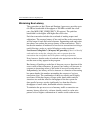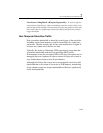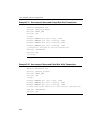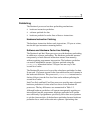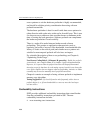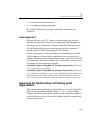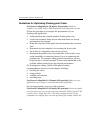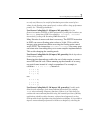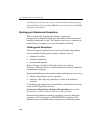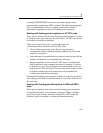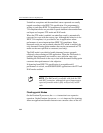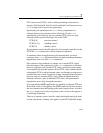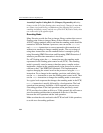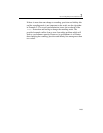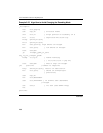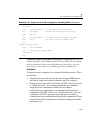
IA-32 Intel® Architecture Optimization
2-60
desired numeric precision, the size of the look-up tableland taking advantage
of the parallelism of the Streaming SIMD Extensions and the Streaming SIMD
Extensions 2 instructions.
Floating-point Modes and Exceptions
When working with floating-point numbers, high-speed
microprocessors frequently must deal with situations that need special
handling in hardware or code. The Pentium 4 processor is optimized to
handle the most common cases of such situations efficiently.
Floating-point Exceptions
The most frequent situation that can lead to performance degradation
involve masked floating-point exception conditions such as:
• arithmetic overflow
• arithmetic underflow
• denormalized operand
Refer to Chapter 4 of the IA-32 Intel® Architecture Software
Developer’s Manual, Volume 1 for the definition of overflow, underflow
and denormal exceptions.
Denormalized floating-point numbers impact performance in two ways:
• directly: when they are used as operands
• indirectly: when they are produced as a result of an underflow
situation
If a floating-point application never underflows, the denormals can only
come from floating-point constants.
User/Source Coding Rule 16. (H impact, ML generality) Denormalized
floating-point constants should be avoided as much as possible.
Denormal and arithmetic underflow exceptions can occur during the
execution of x87 instructions or SSE/SSE2/SSE3 instructions. The
Pentium 4 processor handles these exceptions more efficiently when



